The Hidden Danger of Landslides: What Every Community Should Know
Landslides are one of the most common natural disasters, yet they often fail to capture the same level of public attention as hurricanes, earthquakes, or wildfires. Despite their frequency and potential for devastation, landslides remain an under-discussed threat. Understanding why they happen, their increasing prevalence, and what can be done to mitigate their impact is essential for communities around the world.
The Silent Threat: Why Landslides Are Overlooked
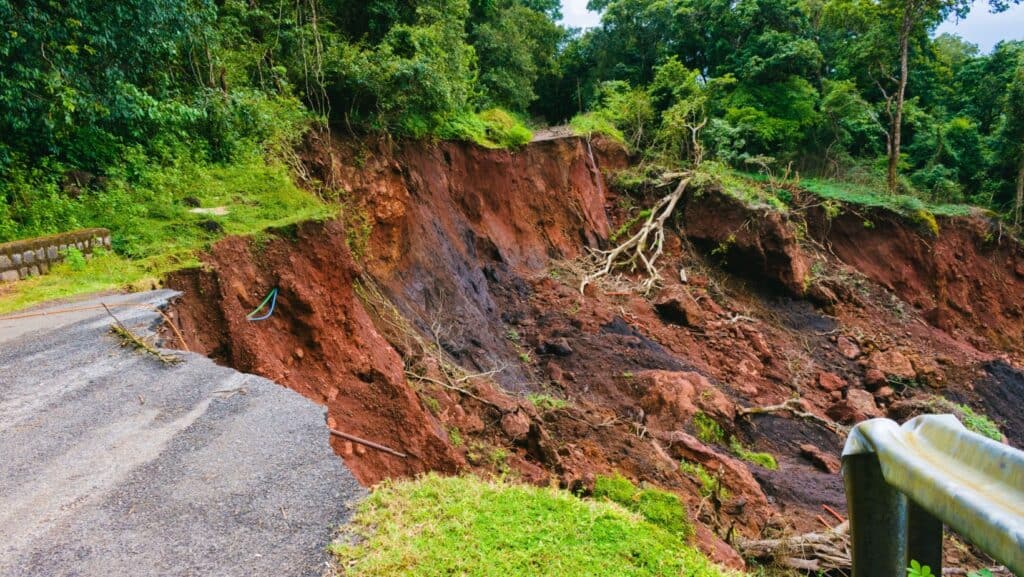
Landslides, which involve the downward movement of soil, rock, and debris under the influence of gravity, can occur suddenly and without warning. Unlike hurricanes or earthquakes, landslides are often localized, affecting smaller areas and fewer people directly. This localized impact may explain why they receive less media coverage and public concern.
What’s A Secondary Disaster?

Moreover, landslides often occur as secondary disasters. For instance, heavy rainfall, earthquakes, volcanic eruptions, or human activities like deforestation can trigger landslides. Because they are viewed as consequences of these primary events, landslides may not be recognized as standalone disasters, further diminishing their perceived significance.
How Common Are Landslides?
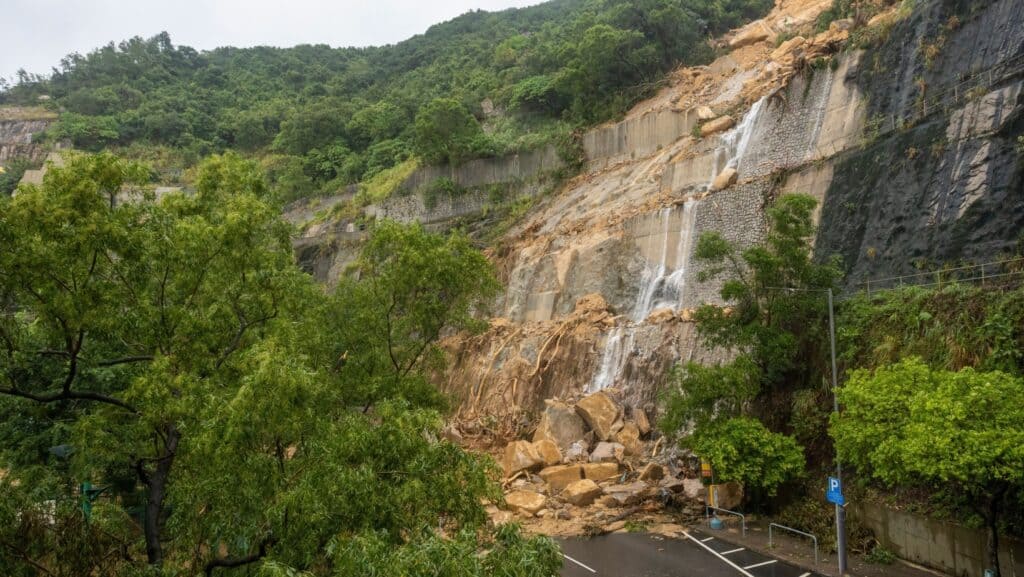
Landslides occur globally, but their frequency is particularly high in regions with steep terrain, heavy rainfall, or unstable geological conditions. According to the U.S. Geological Survey (USGS), landslides cause billions of dollars in damage annually and result in thousands of fatalities worldwide. Countries such as Nepal, India, Indonesia, and Colombia are especially prone to landslides due to their mountainous landscapes and monsoon climates.
Climate Change Is Real

Climate change is exacerbating the frequency and severity of landslides. Increased rainfall intensity and melting permafrost in high-altitude regions destabilize slopes, making them more susceptible to failure. Urbanization and deforestation also contribute to the growing risk, as they disturb natural land stability and reduce the vegetation that helps anchor soil in place.
Why Do Landslides Happen?
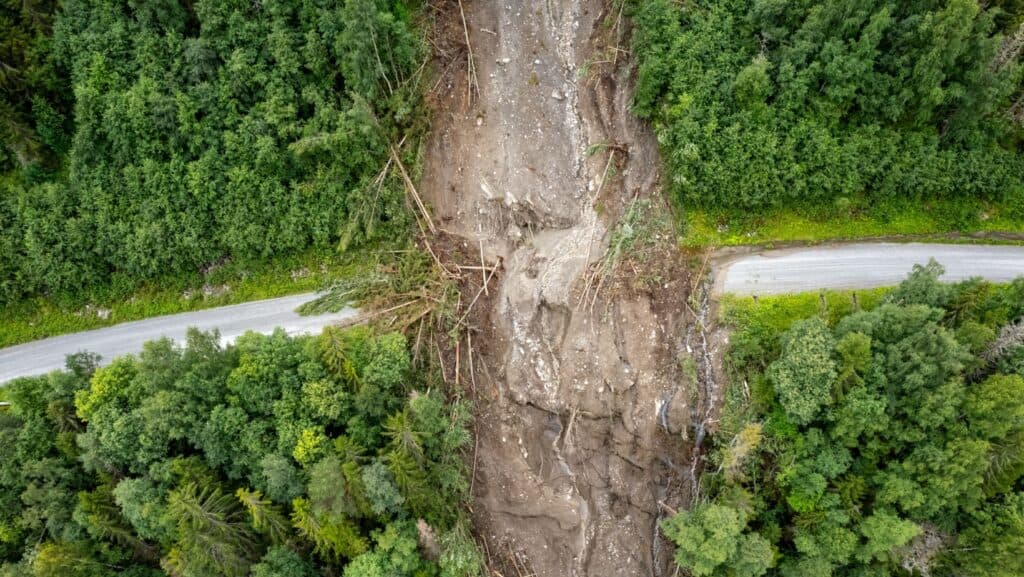
Landslides are complex events caused by a combination of natural and human factors. Key causes include:
1. Geological Factors
- Slope Instability: Steep slopes are naturally prone to failure.
- Soil and Rock Composition: Loose, unconsolidated materials or layers of clay are more likely to slide.
- Seismic Activity: Earthquakes can destabilize slopes, leading to landslides.
2. Climatic Factors
- Heavy Rainfall: Intense or prolonged rain saturates the soil, reducing its cohesion and triggering landslides.
- Snowmelt: Rapid melting of snow can saturate slopes, increasing the likelihood of failure.
3. Human Activities
- Deforestation: Removing trees eliminates root systems that stabilize soil.
- Construction and Mining: Excavation and heavy equipment disturb land stability.
- Improper Land Use: Building on steep or unstable slopes increases vulnerability.
Consequences of Landslides

The impact of landslides can be devastating. Immediate consequences include:
- Loss of Life: Rapidly moving debris can bury people and infrastructure.
- Infrastructure Damage: Roads, bridges, buildings, and utilities are often destroyed.
- Economic Costs: Repairing damage and rebuilding communities can cost millions or billions of dollars.
- Environmental Impact: Landslides can destroy habitats, alter waterways, and increase sedimentation in rivers, affecting aquatic ecosystems.
The long-term effects can be equally severe. Landslides can displace communities, disrupt livelihoods, and hinder economic development in affected regions.
How to Mitigate the Risk of Landslides
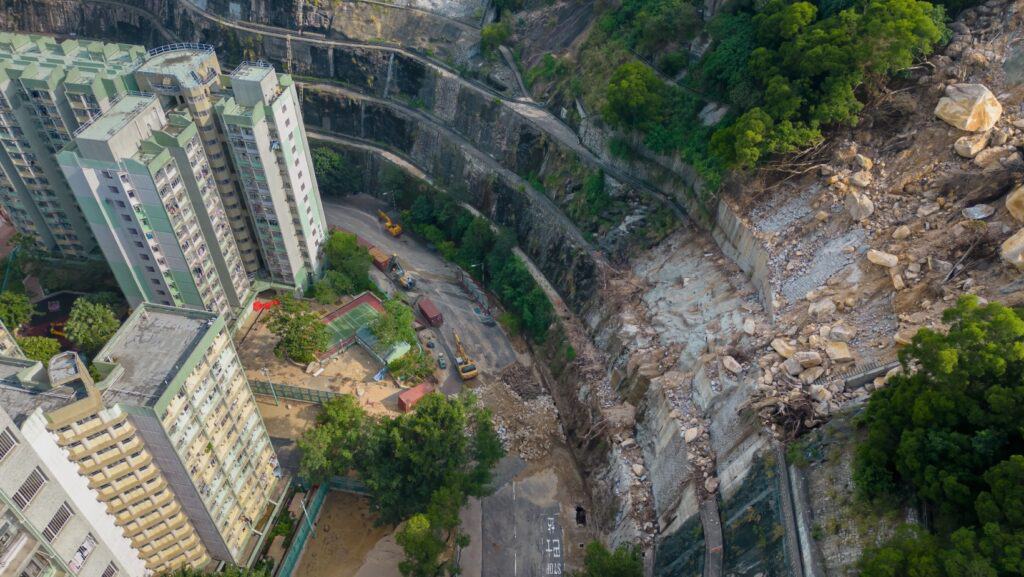
While it is impossible to prevent all landslides, there are steps individuals and communities can take to reduce their risk and respond effectively when they occur. These include:
1. Identifying Risk Areas:
- Mapping and Zoning: Governments and planners can use geological surveys to identify high-risk areas and restrict construction on vulnerable slopes.
- Monitoring: Installing sensors to detect ground movement can provide early warnings.
2. Improving Land Management
- Reforestation: Planting trees can stabilize soil and reduce erosion.
- Controlled Drainage: Proper water management prevents saturation of slopes.
- Terracing: Modifying steep slopes into terraces can reduce their angle and stabilize the land.
3. Community Preparedness
- Education and Awareness: Teaching communities about landslide risks and warning signs can save lives.
- Evacuation Plans: Having clear evacuation routes and emergency plans ensures timely response.
- Building Resilience: Constructing landslide-resistant infrastructure, such as retaining walls, can mitigate damage.
4. Technological Interventions
- Early Warning Systems: Advances in technology, such as remote sensing and AI, can improve landslide prediction and provide critical lead time for evacuation.
- Engineering Solutions: Reinforcing slopes with retaining structures or soil nailing can enhance stability.
What to Do During a Landslide

Knowing how to respond during a landslide can mean the difference between life and death. Here are some key steps:
- Stay Alert: Be aware of weather conditions and local warnings, especially during heavy rainfall or after an earthquake.
- Move to Safety: If you are in a landslide-prone area, move to higher ground immediately.
- Listen for Warning Signs: Cracking sounds, tilting trees, or unusual water flow can indicate an impending landslide.
- Avoid Hazardous Areas: Stay away from riverbanks, valleys, and slopes where debris is likely to flow.
- After the Landslide: Stay away from the affected area until authorities declare it safe. Check for injured individuals and report hazards, such as downed power lines, to local officials.
The Need for Greater Awareness

Despite their frequency and impact, landslides remain underrepresented in disaster preparedness initiatives and public discourse. Greater awareness is crucial to reducing their toll. Governments, media, and educational institutions must work together to highlight landslide risks and promote effective mitigation strategies.
Investing in research and technology to better understand landslides can also make a significant difference. Improved forecasting, combined with community engagement, can save lives and reduce economic losses. Ultimately, treating landslides with the seriousness they deserve will help build more resilient communities worldwide.
Conclusion
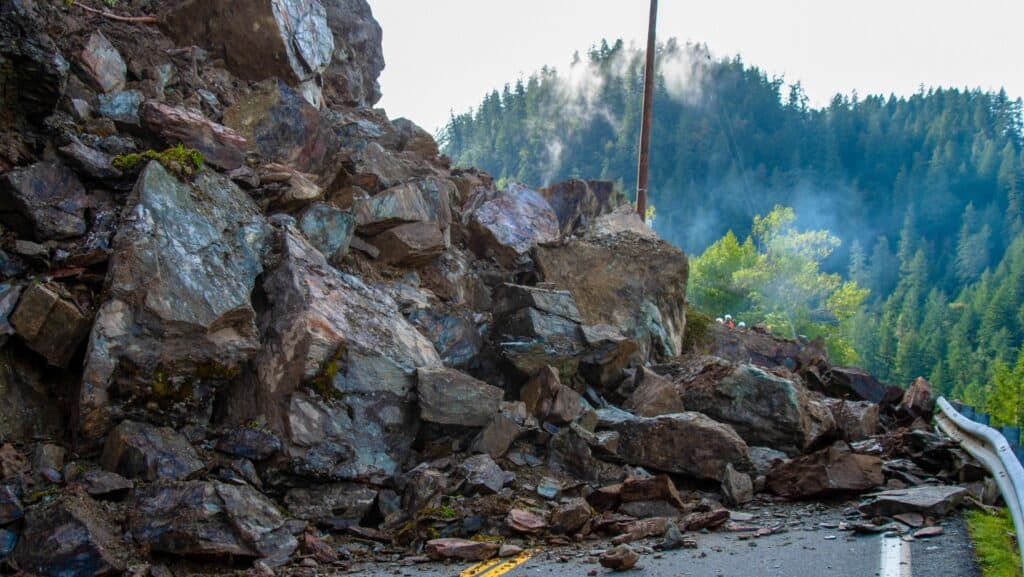
Landslides may not always dominate headlines, but their impact is far-reaching and often catastrophic. By understanding why, they happen and taking proactive steps to mitigate their effects, we can reduce their devastation and protect vulnerable communities.
Can The Human Body Adapt To The Rising Heat? And What Are We Doing If We Can’t?

As climate change intensifies, the human body’s ability to adapt to rising temperatures is becoming a critical concern. According to Dr. Camilo Mora, an expert on heat’s effects on human physiology, “The human body has remarkable adaptability to heat, but there are limits to how much we can physiologically adapt to rising temperatures due to climate change.” This introduction explores the extent of our physiological adaptations, the challenges we face as global temperatures climb, and the potential consequences if our bodies fail to keep pace with environmental changes.
READ: Can The Human Body Adapt To The Rising Heat? And What Are We Doing If We Can’t?
16 Abandoned Towns Left in Ruins by Environmental Catastrophes
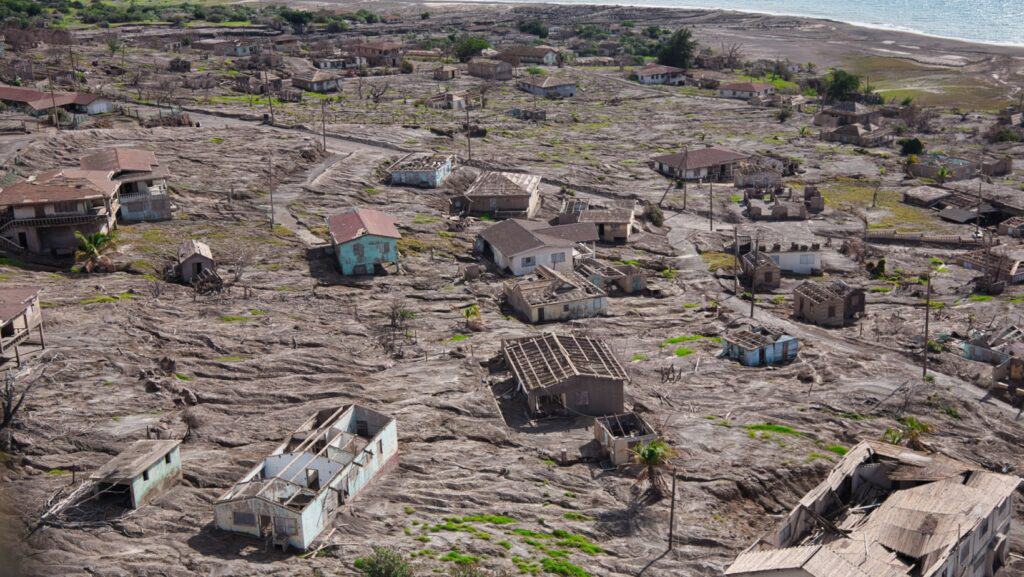
The Earth is constantly changing, and sometimes that change comes at the cost of entire communities. Over the centuries, countless towns, cities, and even entire communities have disappeared, swallowed by environmental forces that could not be stopped. From rising sea levels to desertification, these vanished places provide a haunting reminder of humanity’s fragile relationship with the environment.
Here, we explore 16 communities from across the globe that have been lost due to various environmental factors – some of them due to the hand of man. Each of these sites tells a story of resilience, destruction, and the undeniable power of nature.
READ: 16 Abandoned Towns Left in Ruins by Environmental Catastrophes
Join Us

Join us on this empowering journey as we explore, celebrate, and elevate “her story.” The Queen Zone is not just a platform; it’s a community where women from all walks of life can come together, share their experiences, and inspire one another. Welcome to a space where the female experience takes center stage. Sign up for our newsletter so you don’t miss a thing, Queen!







